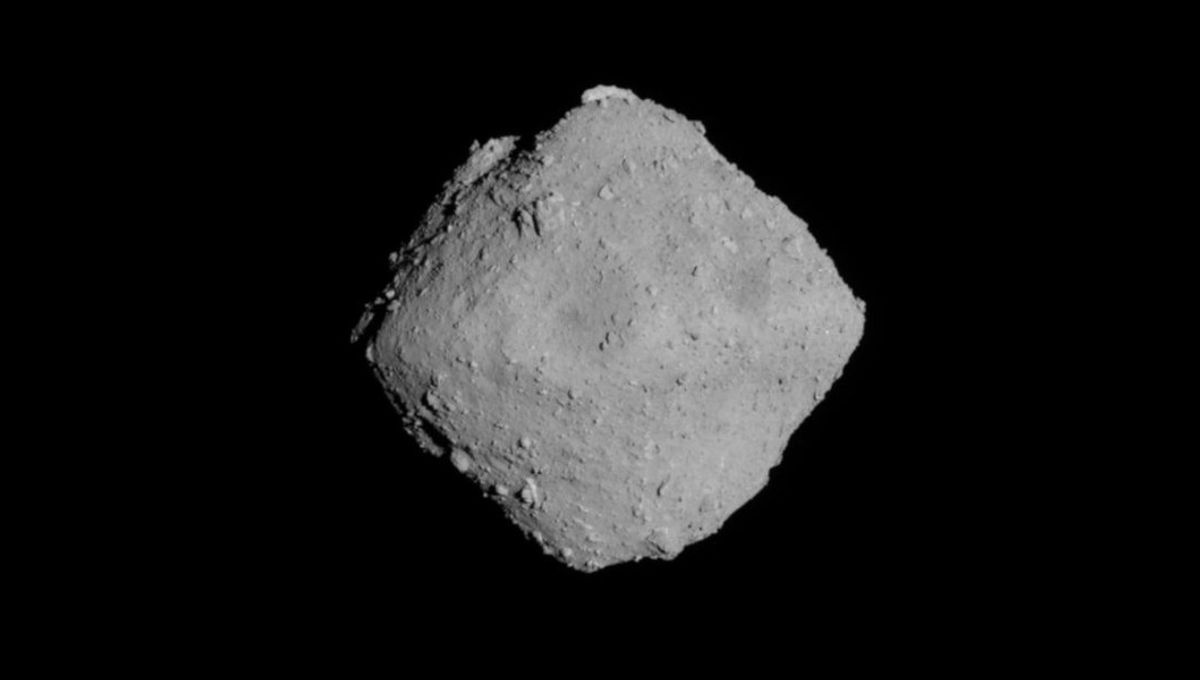
Scientists continue to unveil new clues about the composition of Asteroid Ryugu. Thanks to the sample of its surface and subsurface collected by Japanese probe Hayabusa-2, scientists have gained more insights into the history of this asteroid and even some details about the molecular composition of the cloud from which the Sun and the solar system were born.
One research team, led by Hikaru Yabuta, looked at macromolecular organic matter on Ryugu. They were interested in both distribution around the asteroid and the chemical characteristics. Two salient discoveries were made in this analysis.
There are lot of macromolecules on Ryugu. These include ketones, aromatic and aliphatic carbon, and carboxyl functional groups. The most likely explanation for the variety of these substances is related to hydrous minerals and carbonates. Once again, researchers find indication that the parent body from which Ryugu formed had liquid water that changed its mineral composition.
But the work also found some anomalies in the isotopes present in the sample. Isotopes are versions of the same chemical element with more or fewer neutrons in their nucleus. The ratio of the isotopes is like a chemical fingerprint which can tell where a molecule has come from. And the ratio of deuterium (a heavier version of hydrogen) and nitrogen-15 suggests that some organic matter is much older than Ryugu – older than even the Sun. It came from a cold protosolar cloud, and the asteroid was able to keep those molecules and other presolar stardust safe for more than 5 billion years.
With the understanding that water existed on Ryugu’s parent asteroid getting more and more backing, a second team led by Hiroshi Naraoka looked at organic molecules that are soluble in water. They found aliphatic amines, carboxylic acids, and polycyclic aromatic hydrocarbons, and once again amino acids. Amino acids are the building blocks for life and their first discovery on Ryugu was announced last summer.
This latest work finds that the origin of these molecules is unrelated to living organisms – they are abiotic in origin – and they were formed in the water-based reactions on the parent body of Ryugu. Once again, the teams find similarities between Ryugu and the Ivuna meteorite, part of a very rare subgroup of carbon-rich asteroids.
“Beyond the insights into Ryugu’s history, these studies emphasize the primary justification for sample return missions: Analyses in laboratories on Earth can provide far more detailed information than even the most advanced, space-qualified instrumentation,” writes Christopher Herd in a related Perspective.
Both research teams published their work in the journal Science. The Yabuta at al. work is available here. The Naraoka et al. research can be read here.
Source Link: Asteroid Ryugu Was Changed By Water And Holds Organic Molecules Older Than The Sun